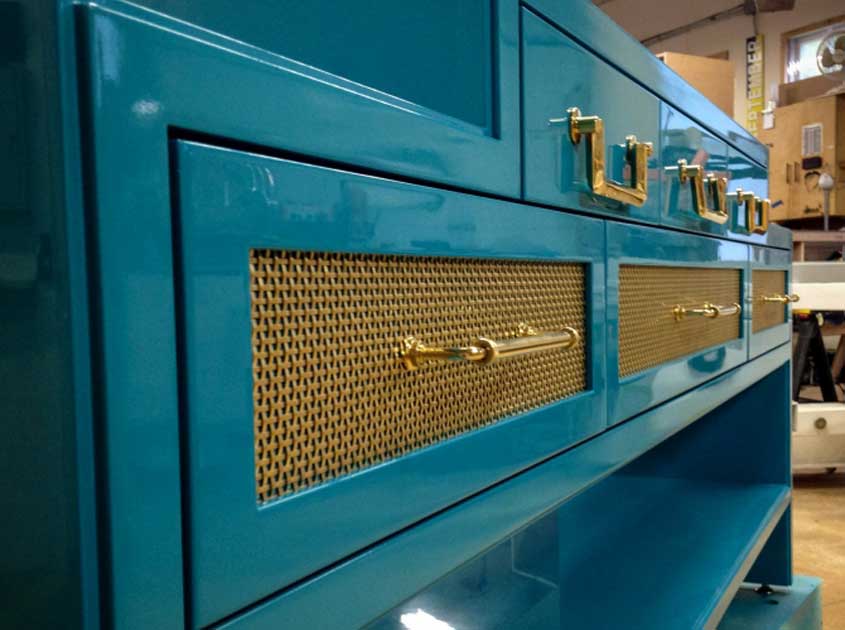1. Definition and purpose:
Architectural wire mesh is a mesh material woven from metal wires and is widely used in construction, decoration and engineering fields. It is deeply loved by people for its unique structure, beautiful appearance and perse functions.
2. Material and type:
Construction wire mesh is usually made of stainless steel, aluminum alloy, copper, galvanized iron and other metal materials. These materials offer excellent corrosion resistance, strength and durability, allowing the wire mesh to be used for long periods of time in a variety of environmental conditions.
There are many types of metal mesh, which can be pided into plain weave, twill weave, square mesh and other types according to the weaving method. Different weaving methods give metal mesh different characteristics. For example, plain weave metal mesh has a tight structure and high strength, while twill metal mesh has better elasticity and tensile strength.

3. Functions and applications:
Exterior wall decoration: Wire mesh can be used as a decorative material for building exterior walls. Its unique texture and luster add a modern and artistic feel to the building. At the same time, wire mesh can also be used in combination with other materials such as glass and stone to create richer visual effects.
Shade system: Wire mesh can be used as part of a shading system to block sunlight and regulate indoor light and temperature. With reasonable design and installation, wire mesh can effectively block direct sunlight and improve the indoor environment.
Railing filler: Wire mesh can be used as railing filler, which is both beautiful and safe. Its unique weaving method and material allow the wire mesh to not only provide safety protection, but also coordinate with other parts of the railing to enhance the overall aesthetics.
Partitions and Screens: Wire mesh can also be used as indoor partitions or screens to pide space, add privacy or decorative effect. Its transparent or translucent nature allows the metal mesh to keep the space transparent while also playing a decorative role.
4. Customization and surface treatment:
Wire mesh can be customized according to specific application requirements, including aperture, weave method, size specifications, etc. In addition, wire mesh can also be surface treated and coated to improve its corrosion resistance, fire resistance, weather resistance, etc. For example, it can be galvanized, sprayed, painted, etc. to make the wire mesh more adaptable to different environments and usage scenarios.
5. Installation and maintenance:
Installation of architectural wire mesh is relatively simple and can be accomplished by welding, screwing or clamping. During the installation process, attention needs to be paid to maintaining the flatness and stability of the wire mesh to ensure its effectiveness and safety.
For the maintenance of wire mesh, regular cleaning and inspection are required. If it is damaged or aged, it should be repaired or replaced in time to ensure its long-term effective use.
In short, as a multi-functional, beautiful and practical building material, architectural wire mesh has broad application prospects in the fields of construction, decoration and engineering. With proper design and installation, wire mesh can add unique artistic charm and practical value to a building.
pre:Woven wire drapery adapt to various design styles and architectural concepts.
next:Metal mesh materials for elevator interior and exterior decoration
© 2025 Joinwin Architectural Wire. All Rights Reserved. | Sitemap
Recommended Read
Architectural metal mesh shows its unique value in many fields
Maintenance and care methods of architectural decorative metal mesh
Architectural Woven Mesh: Balancing Privacy and Transparency